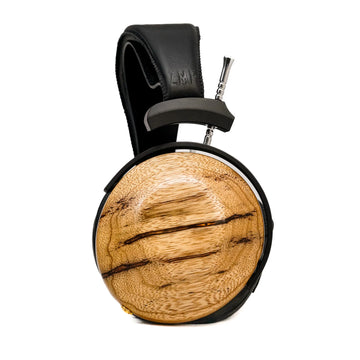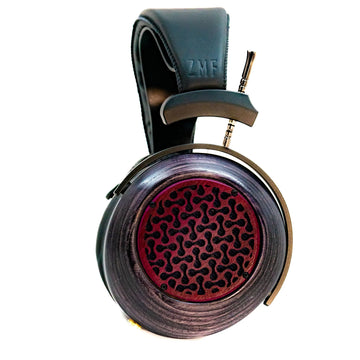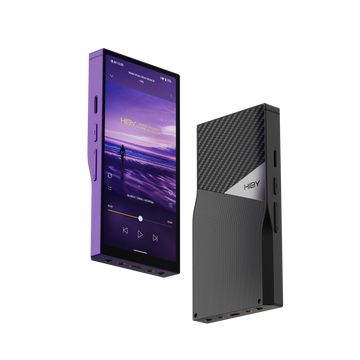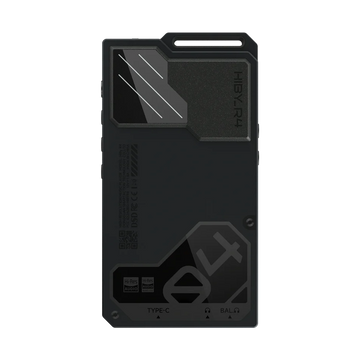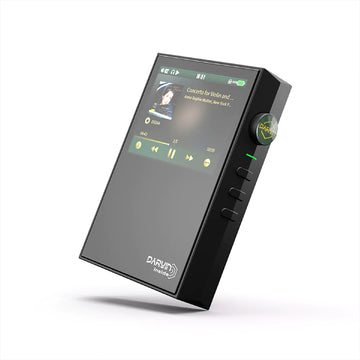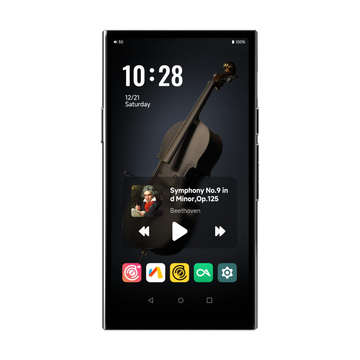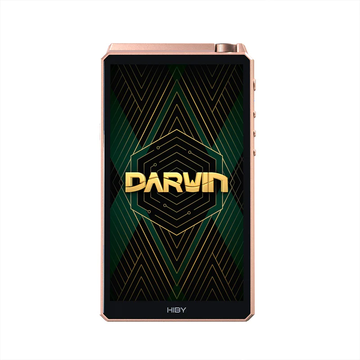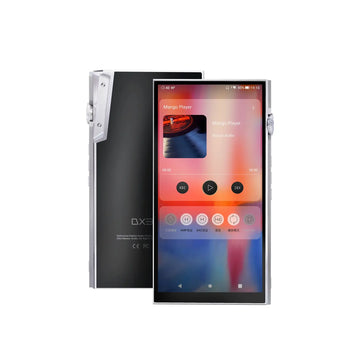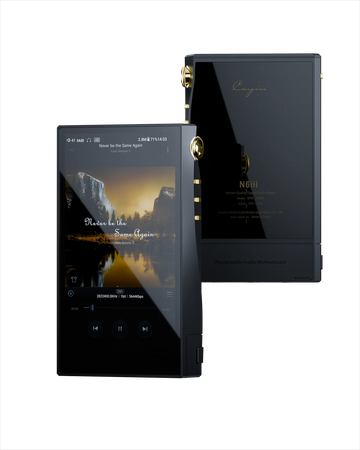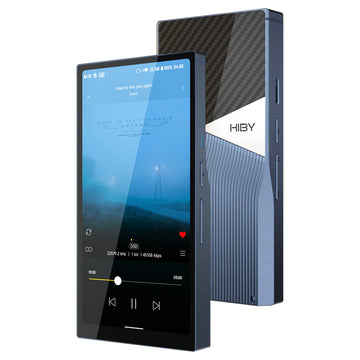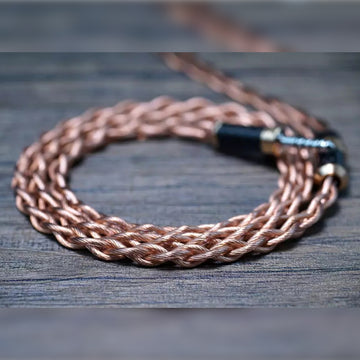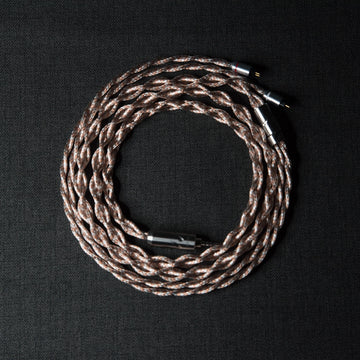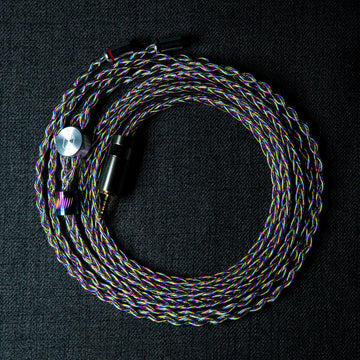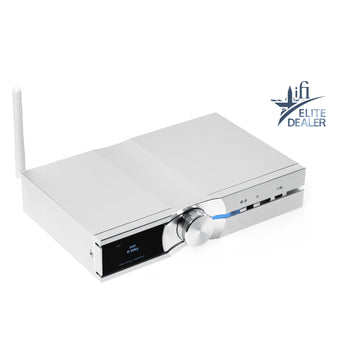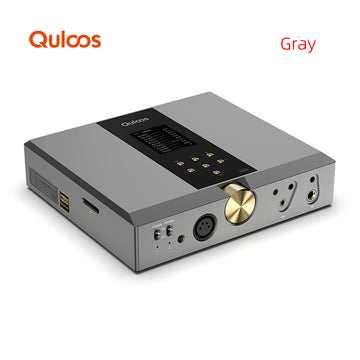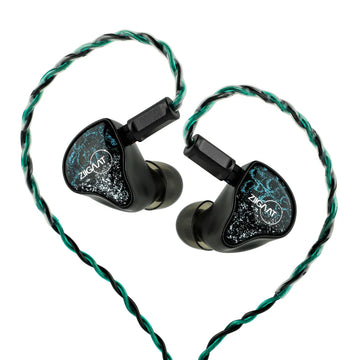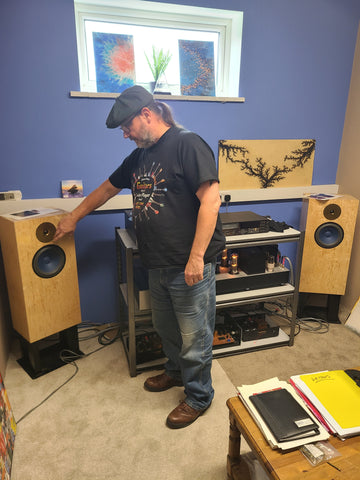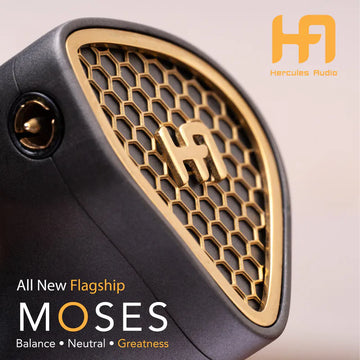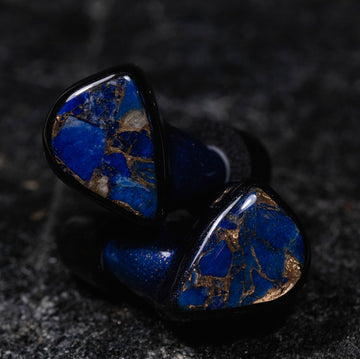My introduction to Subtonic couldn’t have been more natural. I started Elise Audio with a desire to create more than a store. The audiophile community has been important to me and I wanted to create a platform that caters to it.
Singapore, a city I love, was a big inspiration. The city-state has one of the most passionate audiophile crowds. There is also an ever-growing number of excellent brands. So when my Singaporean friend Kevin mentioned an ambitious iem project, I immediately wanted to know more.
My first call with Subtonic left me mesmerised and full of questions at the same time. They clearly knew what they were talking about. In detail. What they were describing was also very ambitious. Were they able to actually deliver? Was this new brand taking too much risk by putting it all on the line with their first product?
But this isn’t Subtonic’s first project. They collaborated on Helios and Triton, two exceptional iems that showcased a lot of technical know-how. And they had Symphonium as a manufacturing partner. Signs of good things to come.
A few months later, I was showcasing a Storm engineering sample at Canjam London. I received it one day before the show, not long enough to fully understand it. It can take me a long time to fully articulate what an iem does. But when it gives you shivers, makes you shake your head and dance the first time you hear it, you know something special is happening.
The Storm experience can be challenging to describe because it's so intricate. But I will do my best.
The first things I hear when I plug Storm in are bass and dynamics. With the right tips (stock tips for me) and deep insertion, Storm bass is exceptional. Bass is important to me. I struggle to enjoy an iem or headphone without a good rumble.
Storm sub bass reaches deep, giving a visceral and emotional foundation to the sound. Mid bass is full and punchy, making kick drums sound as realistic as it gets. There isn't a single hint of bloat. Storm bass is fast, clean and very well controlled. But it also has the right amount of decay. It hits hard, lingers just as much as it should and then goes away gracefully.
It’s tactile, agile and technically immaculate. This is not bass-head quantity, but it will make bass-heads smile. There are a lot BA vs DD bass debates in the community and some opinions tend to be fixed. Storm will challenge that.
It doesn’t matter what the driver type is here. It’s just excellent bass with plenty of sub bass, punch, dynamics and decay. It gives bass guitars the right “bite” and will make your EDM music pound your ears as it should. Or not. Because bass hits when it is called for and steps back when it's not. "Paper Trails" by Darkside can be challenging for many iems and headphones. Storm executes it perfectly and keeps every element of the sound pristine, with the rumbling bass it is supposed to have. Quite the feat.
Before moving on to dynamics, let me relay some people’s comments from CanJam. One person said that Storm was like a chameleon, adapting to the type of music you give it and changing its behavior accordingly. Another person said that Storm pushes every frequency and quality of the sound to the edge, but never steps over the boundary. This type of comment is common with Storm because it’s hard to describe an experience that is satisfying both in its totality and in every single component. The result is bigger than the sum of the parts.
Back to dynamics. I associate dynamics with a sense of aggression in the sound. Focal Utopia has excellent dynamics. The FiR Audio KR5 has excellent dynamics. The sound appears with a satisfying speed and intensity, and fades away as quickly as it needs to. Storm executes this to the highest degree. This contributes to a special sense of imaging and detail. It allows every note to fully exist and then disappear as it should when another one comes. With Storm, this creates what feels like a constellation of sound. As if you had a clear sky full of stars that shine and fade away in a perfectly timed, gracious choreography. This is music after all!
Storm separates and layers music very well. My reference for this is the Final Audio D8k Pro. No, Storm doesn’t sound the same, but the ease with which every line in the track is given space to exist is reminiscent of the legendary headphone. And while the D8K Pro separated older music a bit too much for my own taste, Storm keeps the track cohesive. You hear the totality, and you hear every single component.
This is partly due to the tuning. I am not allowed to share a graph but it is no secret that Storm is a reference monitor. This term can be associated with boring sound that lacks emotion. It couldn’t be further from the truth.
Storm was tuned with a clear objective to present the music without coloring the sound. Another reason why I thought of the D8k Pro when listening to it. Every frequency is allowed to exist, but without overpowering the others. This is hard to do folks. It’s why a lot of iems and HPs emphasize certain frequencies. Either for more fun (XE6 or Elysian X for example) or to mask something lacking in the sound signature.
And while talking about frequencies, it’s time to mention treble. Treble here is one of the best EST implementations to date. It is well extended, clear and natural. It has the right energy and is not overly smooth. But it’s also not overly emphasized or bright. To quote those CanJam participants again: it does enough of it. Just the right amount. Not too little, and not too much.
That has two consequences: cymbals and hi-hats sound as natural as it gets. Not fatiguing, not harsh but also not shy. It strikes a delicious balance. The second consequence is the sense of extension and life this gives to every single note.
With most listening devices, notes appear and disappear. With Storm, there are “ripples” to the sound, for lack of better word. The note appears and then seems to fade away for a while. Is it called decay? One of you audiophile gurus please help me here. Whatever its name, this creates an emotional experience with an excellent sense of detail. It also makes Storm staging quite special.
Stage here is not the widest I have heard. FiR Audio KR5 and Lime Ears Anima can sound wider. But the way the notes extend and fade away can give an illusion of infinite expansion. Picture a stone thrown in calm water. You get the impact, and then the ripples that seem to go on forever. It’s very satisfying.
How about my mids? I can hear some of you say. They are there, clean and detailed. They are also not warm. I wouldn’t call Storm analytical or cold, but it’s not warm either. Upper mids have good energy. Vocals and instruments such as guitars are clear and well fleshed out. Vocals are not overly forward but not recessed either. Some might prefer a warmer signature and some might prefer a more V shaped sound. The placement here feels natural and track dependent.
One advantage of a reference device is that you can color it with your source. And so it’s time to talk about a challenging aspect of Storm. It is hard to drive. Notoriously so. My xDuoo Link2 Bal can drive it, as does the Mojo2 (quite well) and the Cayin N8ii (well). But to hear the full experience, serious power is needed. The best sources I have heard with Storm are a modified DX300 Max, Cayin C9 and the Shaling M30 with the amp2 module. C9 and M30 were fed by the excellent N8ii DAC. Storm will not sound bad on a dongle. It will still sound very good, but it won’t have the same wow factor.
The full retail packaging of Storm is yet to be fully revealed. The most significant accessory is the stock cable. It’s the flagship Mira cable from Nightjar, another relatively new company from Singapore. I am not a cable expert, but this cable is ergonomically and sonically excellent. I tried it with my other iems and it paired very well with most, especially with the FiR Audio KR5.
I could go on for much longer but it's time to conclude this preview. In a nutshell, Storm challenges a few notions. It’s an exceptional listening device that transcends its form factor, driver type and driver count. I was lucky to spend a month with it and I can’t wait to hear what other (more) experienced people have to say about it. Subtonic have fully delivered on their promise to produce a monitor that performs at the highest level. They can be proud of what they have created.







